Mind your brain – or your brain will send your body signals you may not have wanted, or counted on. Mind your brain – with right foods, oxygen, rest and recreation – and your whole being will reap the rewards. How much do you know about the centre of our functioning? 
If we mind our brains with the same attention we give other parts of the body – we get immediate rewards. Our body and mind sing in harmony – and those false tones that you may experience, can be remedied by some simple and small lifestyle changes.
The Mind and The Brain – part of the Human Body Systems
The central nervous system is part of the Human Body systems, and is the main control centre for our functioning. The Brain sends signals to other parts of our body to tell it to move, eat or sleep. It also uses fuel, and communicates with the rest of the body to signal when it hasn’t had enough – or too much. The brain is also where our mind holds court – and as such can play us tricks when we don’t expect it. That is why we have to look after every part of our Human Body Systems – so mind the brain too.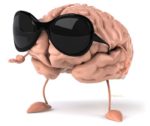
The brain is such an essential part of our body – and yet how much do we know about it?
The Human Brain
Your brain is the control centre of your body. It runs the show and controls just about everything you do, even when you’re asleep.
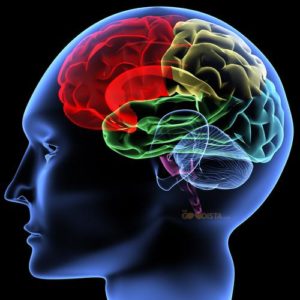 Your brain has five parts, which each play key functions:
Your brain has five parts, which each play key functions:
- cerebrum
- cerebellum
- brain stem
- pituitary gland
- hypothalamus
The cerebrum makes up 85% of the brain’s weight, and is the thinking part of the brain. The cerebrum controls your voluntary muscles — the ones that move when you want them to. Your problem solving, short and long-term memories live in the cerebrum. The cerebrum has two halves, with one on either side of the head.
The cerebellum, at the back of the brain, controls balance, movement, and coordination. This is how we can stand upright, keep our balance, and move around.
The brain stem sits beneath the cerebrum and connects the rest of the brain to the spinal cord, which runs down your neck and back. The brain stem is in charge of all the functions your body needs to stay alive, like breathing air, digesting food, and circulating blood. Part of the brain stem’s job is to control your involuntary muscles, in your heart and stomach for instance. In addition it is also the brain stem that sorts through the millions of messages that the brain and the rest of the body send back and forth.
The pituitary gland‘s role is to produce and release hormones into your body. This gland also plays as a regulator of hormones, and keep tabs on sugars and water in the body. It plays a major role in the metabolism.
The hypothalamus is like your brain’s inner thermostat, and regulates body temperature. Cleverly it makes you sweat or shiver, to get the body temperature back where it should be ( 98.6°F or 37°C).
Brainy discussions among Science community
The discussion about left and right side of the brain has been called myth, as well as fact. Scientists believe that the right half is helpful with the abstract such as music, colours and shapes. The left half is the analytical side which aids mathematics, logic and language. The right half of the cerebrum controls the left side of the body, and the left half controls the right side.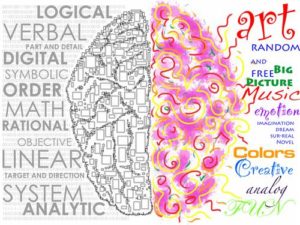
Some even claim that there is a difference between the brains of males and females. Recently claims were made that Science could establish ‘for sure ‘ that there was a difference – but soon – this was criticised and the claim that indeed ‘the grey matter’ does differ between males and females continues.
Mind your Brain – Brain care
What is certain is that the brain cannot function properly without fuel.
20 % of the energy used by the human body is consumed by the brain – which is more than any other organ. Normally brain metabolism relies on glucose as an energy source, but at time of low glucose (fasting, exercise or low carbohydrate intake), the brain will use ketone bodies for fuel. It continues to feed. The brain can also utilise lactate during exercise. The liver helps here by producing ketones as the long-chain fatty acids cannot cross the blood-brain barrier. You can read more in details about the brain, and how it inter-relates with the rest of the body in this dictionary entry about the Brain in Wikipedia.
Mind your Brain – Brain Food
Food for the brain is a very interesting subject, and these great sites have really good tips on what you can do to improve and maintain brain health:
- Eat smart for a healthier brain (Webmd.com)
- Brain Nutrition (brainguide.org)
- Cooking for your brain (therapypons.wordpress.com)
If we do not keep our brain properly fed, exercised and well fuelled the consequences can be dire.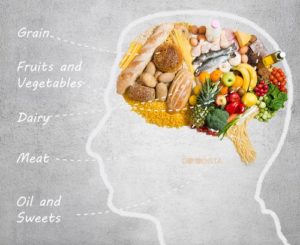
Consider that the brain represents only 2% of the body weight, yet it receives 15% of the cardiac output, 20% of total body oxygen consumption, and 25% of total body glucose . If the brain is left without glucose, in hypoglycemia, which can result in loss of consciousness. The ultimate consequence of a brain that has stopped working is terminal – end of the line.
Mind your Brain – Sleep and Stress
When you cannot sleep, and / or suffer from anxiety, stress, issues at work – or at home  – you react. Your go into a ‘stop’ mode which is not easy to get out of. When too much is too much, you suffer – and you brain minds.
– you react. Your go into a ‘stop’ mode which is not easy to get out of. When too much is too much, you suffer – and you brain minds.
It is possible to work on stress and related symptoms:
It is possible to reduce stress and improve brain health with 20 minutes of relaxation a day. Yoga, prayer and meditation may actually turn off the genes that are activated by stress, according to a study by researchers at the Benson-Henry Institute for Mind/Body Medicine at Massachusetts General Hospital. (DiscoveryHealth.com)
A number of posts on The GOODista will cover this important – and often ignored part of ‘lifestyle change’. It is in fact when too much is too much that the brain tells the body to shut down, and therein lies the whole key to why lifestyle changes are essential to body and mind.
Body and Mind
Now we start to see how the Human Body Systems, and the human brain connect with the Body and Mind issues that relate to lifestyle change – and why the ‘back to school’ sessions made sense. With these basics under our belt we can really tackle the ‘heart of the matter’.
The Body and Mind connection come into play, and then we start to see why lifestyle changes really make sense – and a huge difference to how we feel and live.
How is Body and Mind connected – and what makes us feel better, be better and do better? Read the next post – Subscribe and get the Newsletter.
- If modern humans are so smart, why do their brains shrink?, Discover Magazine
- Eat smart for a healthier brain, Webmd.com
- Health and human body – the brain. National Geographic
- Brain Nutrition, brainguide.org
- The Brain for kids. kidshealth.org
- Male and Female brains: The REAL difference, Dean Burnett, The Guardian
- What is the Storage Capacity of a Human Brain? (fieldsdatarecoveryblog.wordpress.com)
- Fascinating Facts about the Human Brain (bestscienceforkids.wordpress.com)
- The Human Body Systems – thegoodista.com




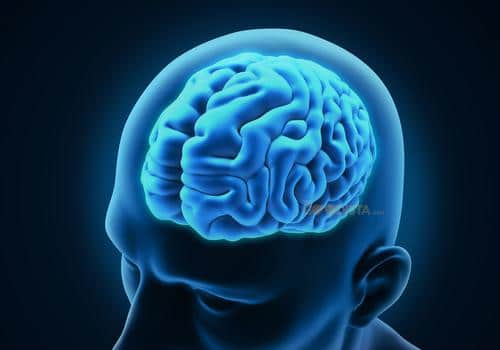
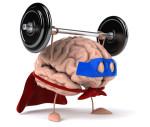
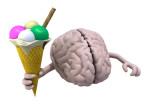




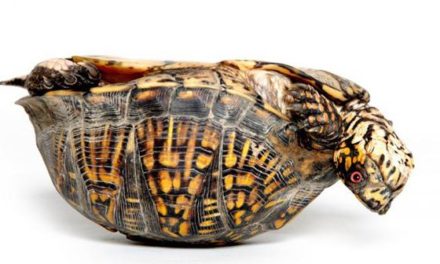




Trackbacks/Pingbacks